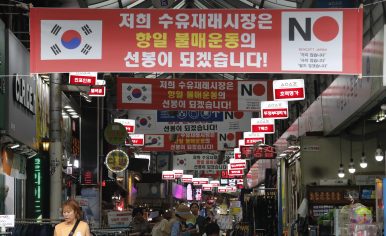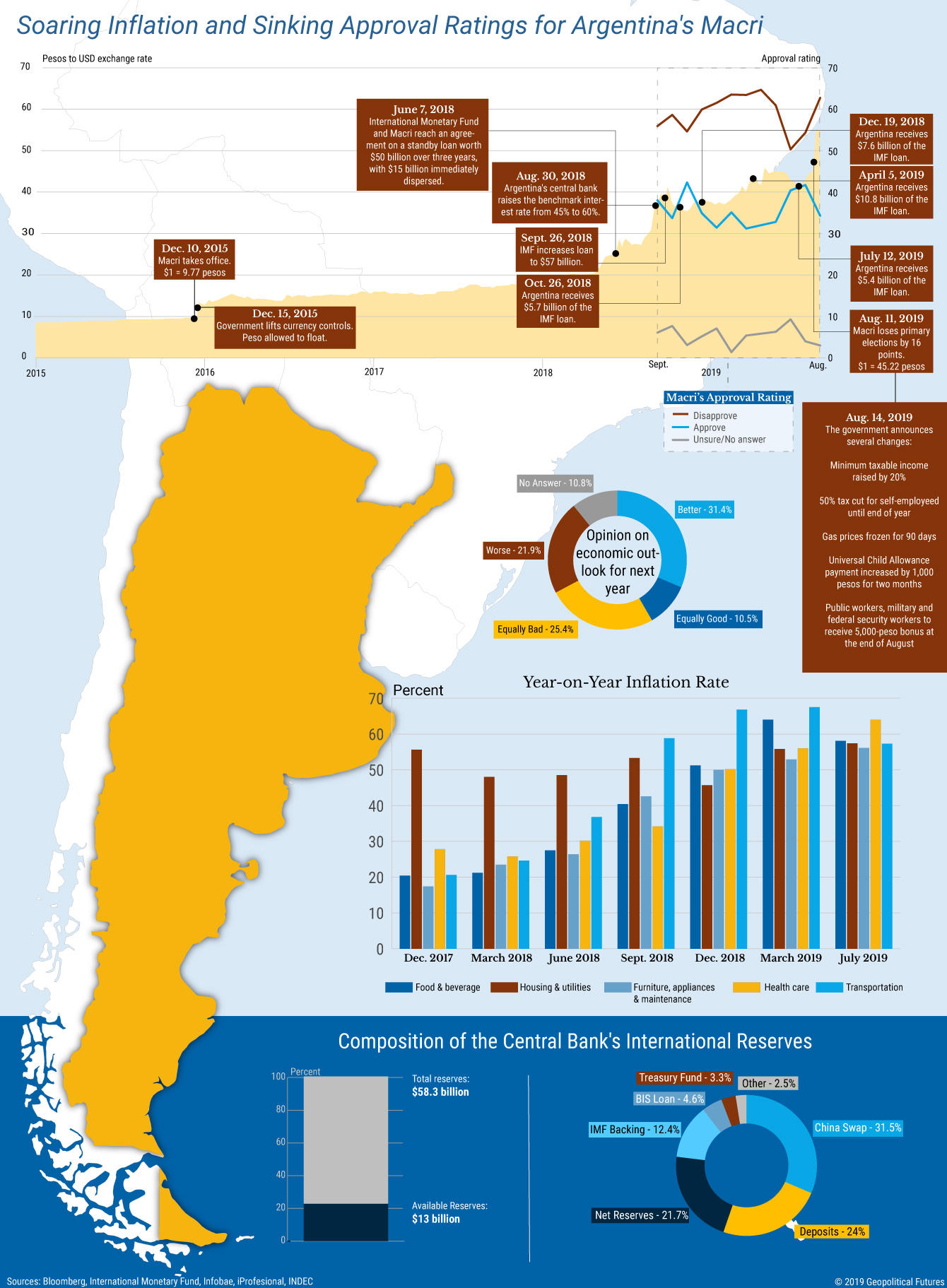Raj Chengappa
The sprawling Dal Lake, surrounded by emerald green mountains, is both the heart and the soul of Kashmir. Every August, the lake is full of life, with tourists thronging its banks, taking selfies; dozens of shikaras, weighed down with sightseers, gliding on its waters; and vendors selling roasted bhutta (corn on the cob) and mutton tikkas doing brisk business. Not this August though.
It's a bright Saturday morning, and 19 days since the Modi government's momentous decision on August 5 to overturn Article 370 of the Constitution, ending the special status that Jammu and Kashmir enjoyed for 70 years. The lake and its surroundings are deserted. Empty shikaras float tethered together near the pier with no boatmen in sight. A couple of anglers sit at the edge of the lake, casting their lines in the hope of catching some fish. A Kashmiri couple on a shikara does the same, the woman paddling and the man lowering a net into the water. Stray joggers pound the paved pathway girding the lake as gun-toting guards keep watch on the lakefront from behind sandbag bunkers.
The calm is deceptive. With a total shutdown of telecommunications (except for government officials handling the situation) and restrictions on movement for ordinary citizens, it is difficult to gauge the mood of the Valley's 6.9 million citizens from anecdotal accounts. Behind shuttered shopfronts, owners conduct businesses furtively. Like the bakery doing brisk business through the side door where customers are lined up to buy freshly baked bread and cakes. Residents in private cars stop by stray vegetable sellers, who have set up temporary shops, to stock up on groceries.
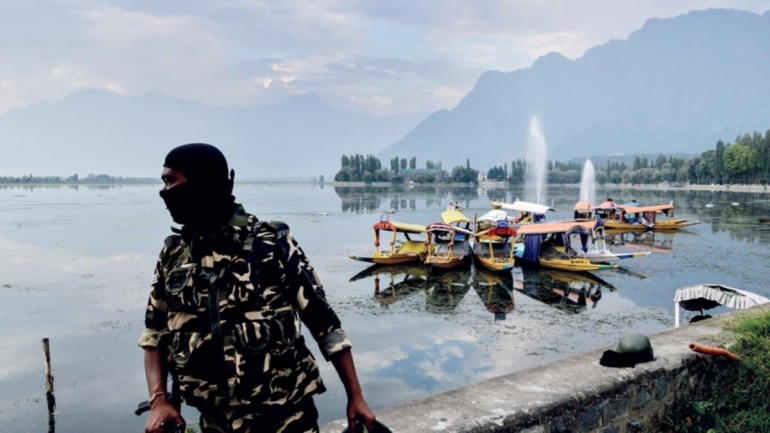


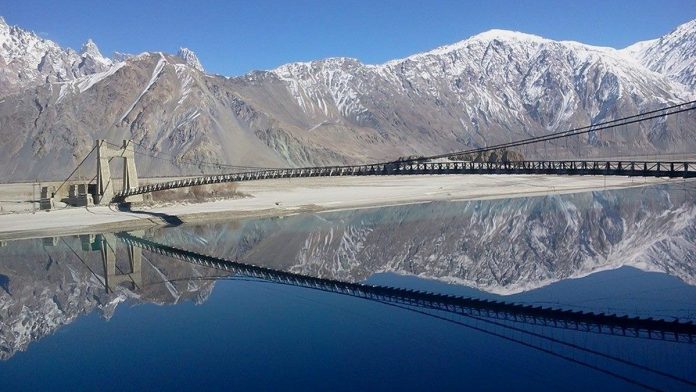

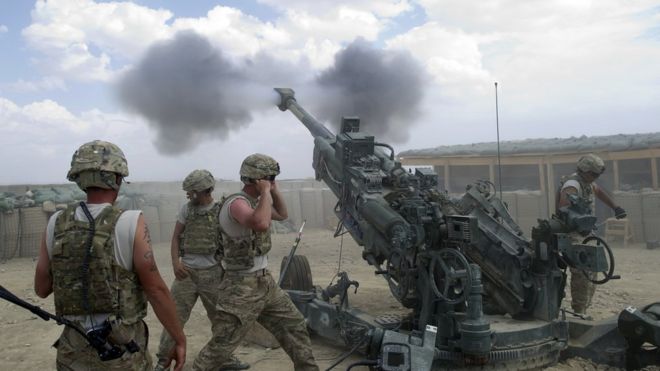
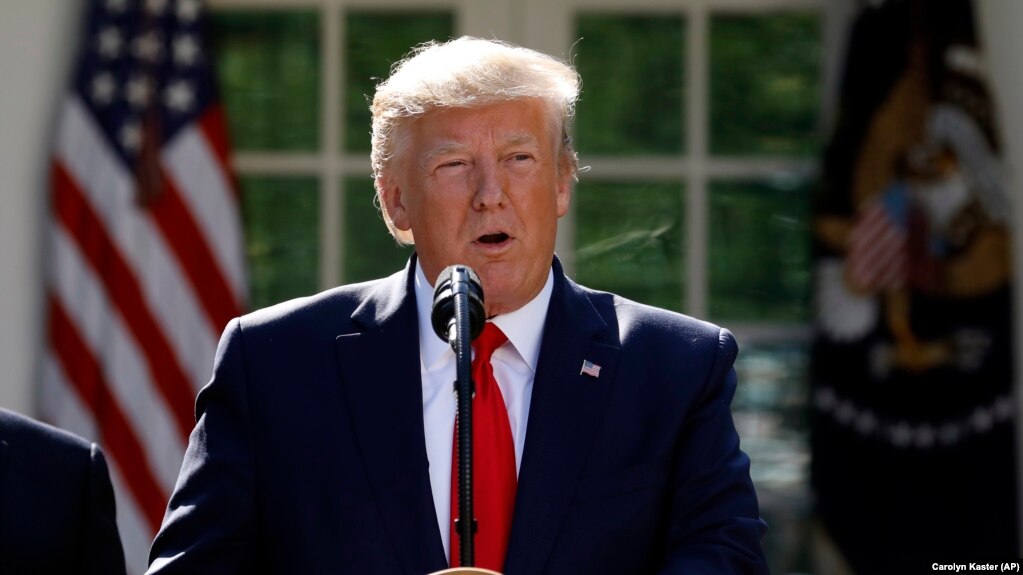

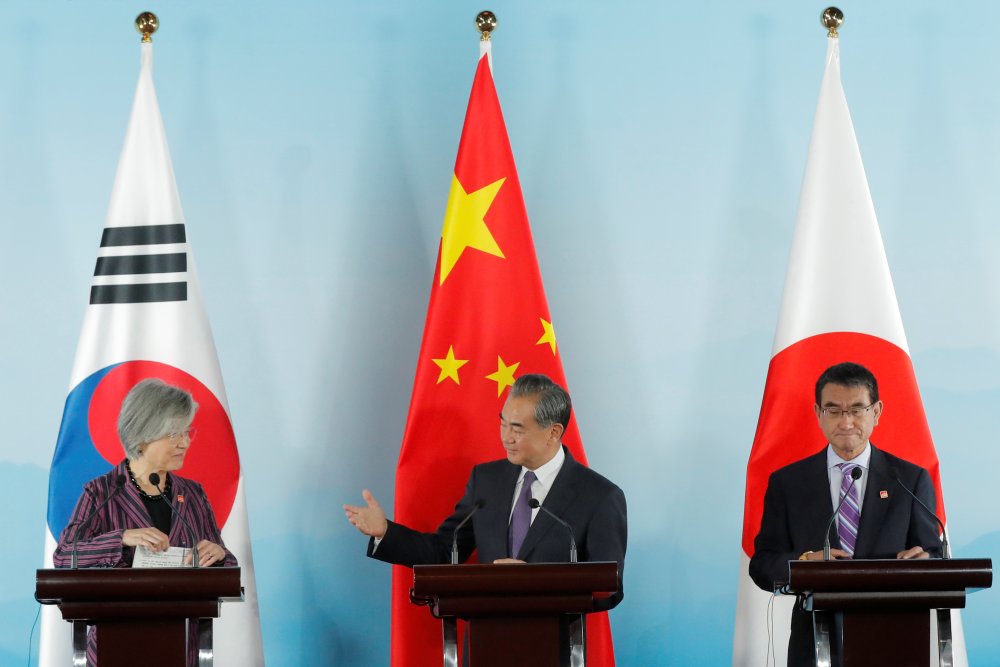


/cdn.vox-cdn.com/uploads/chorus_image/image/65125321/vpavic_190503_3404_0019.0.jpg)



